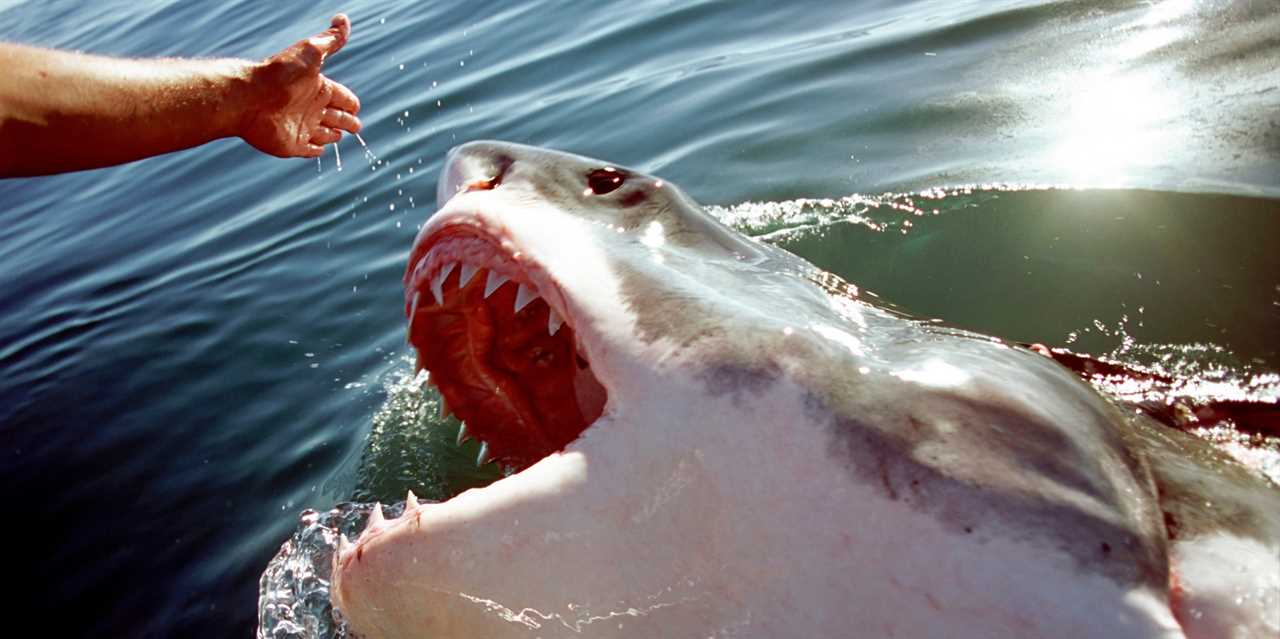
Education Images/Universal Images Group/Getty Images
- The top five most common places for shark attacks are the US, Australia, and South Africa.
- The most common culprits are great white sharks, tiger sharks, and bull sharks.
- If you see a shark, get out of the water. If you can't, fight back with whatever you have and aim for the gill or eyes.
You're probably not going to get attacked by a shark.
In 2022, there were 81 unprovoked shark attacks around the world and five people were killed. This was down from nine deaths in 2021 and 10 deaths in 2020, according to the University of Florida's International Shark Attack File.
Overall, the odds of getting attacked by a shark are low, and there are things you can do to lower those odds even more.
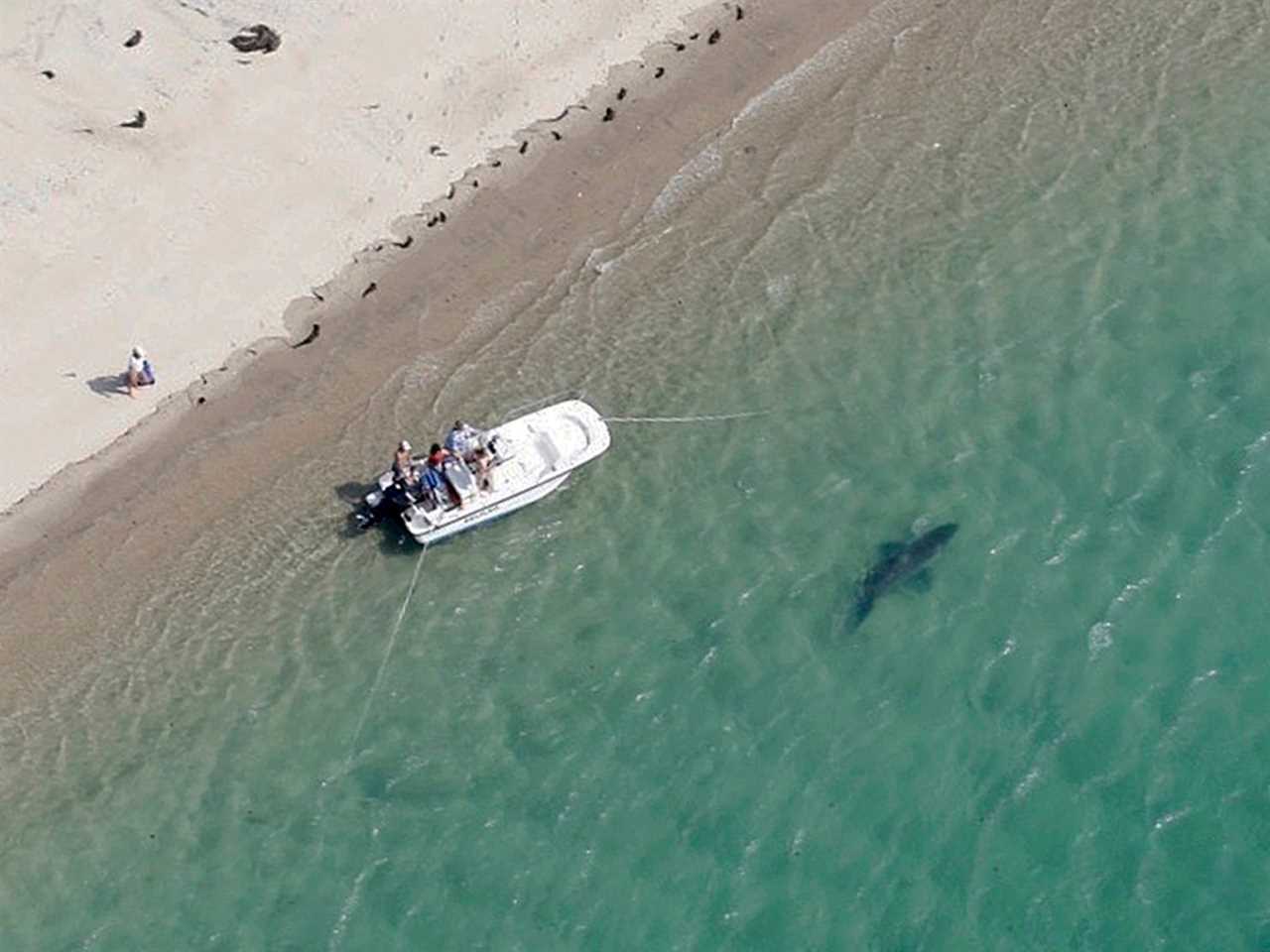
Wayne Davis/Atlantic White Shark Conservancy/AP
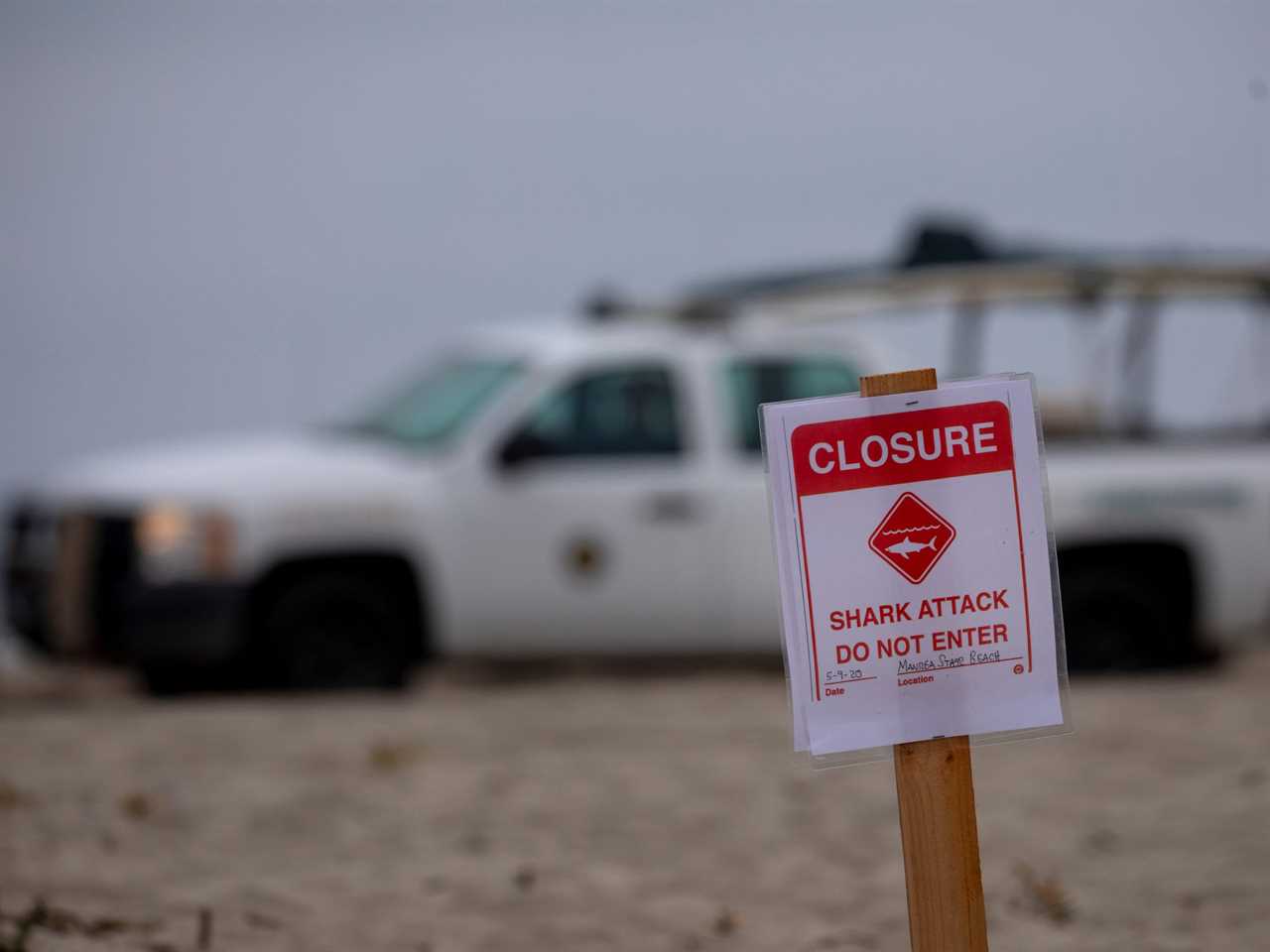
Karl Mondon/MediaNews Group/The Mercury News via Getty Images
Unprovoked means any shark attack that occurs with no human provocation.
To get a clearer picture, population growth needs to be factored in. The global population has increased from 2.5 billion to 8 billion over the same period, meaning the rate of shark attacks has actually fallen from .012 shark attackers per million people in 2050 to .010 shark attackers per million people in 2020.
The top five most common places for shark attacks are the US, in particular Florida, North and South Carolina, Hawaii, and California. South Africa, Australia, Brazil, Réunion Island, and the Bahamas are also known for the highest attack rates.
"When you're in the water, if you're in a healthy marine ecosystem … you're often never more than 100 yards from a shark," Jeff Corwin, an American biologist and wildlife conservationist, told CBS News.

Screen Archives/Getty Images
Great white sharks are big and powerful, and unlike other sharks, they have good vision and like to hunt in clear water.
They tend to come from below and kill their prey with one brutal bite.
Great white sharks are probably the most famous shark thanks to the classic film "Jaws."
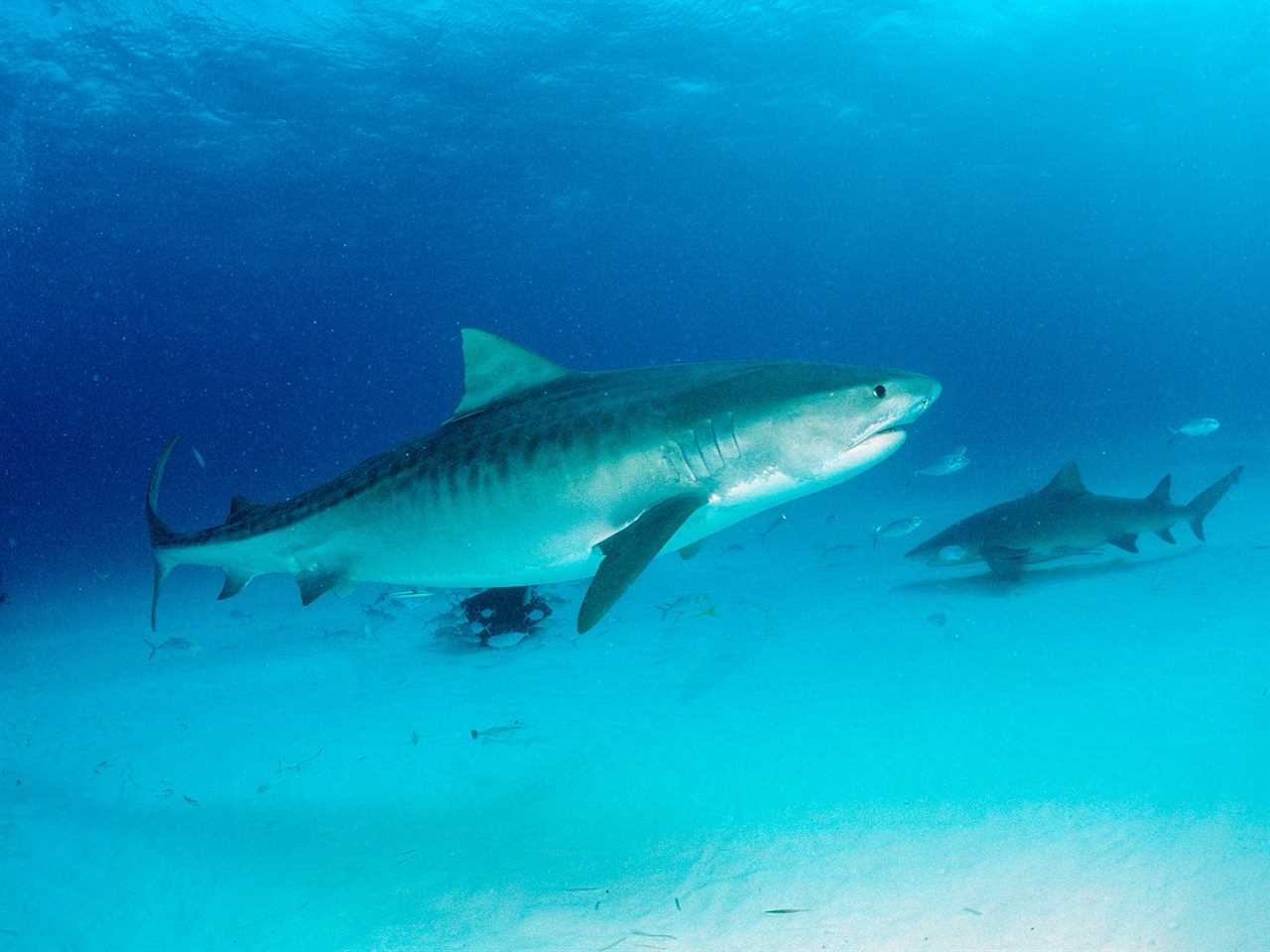
Reinhard Dirscherl/Ullstein Bild/Getty Images
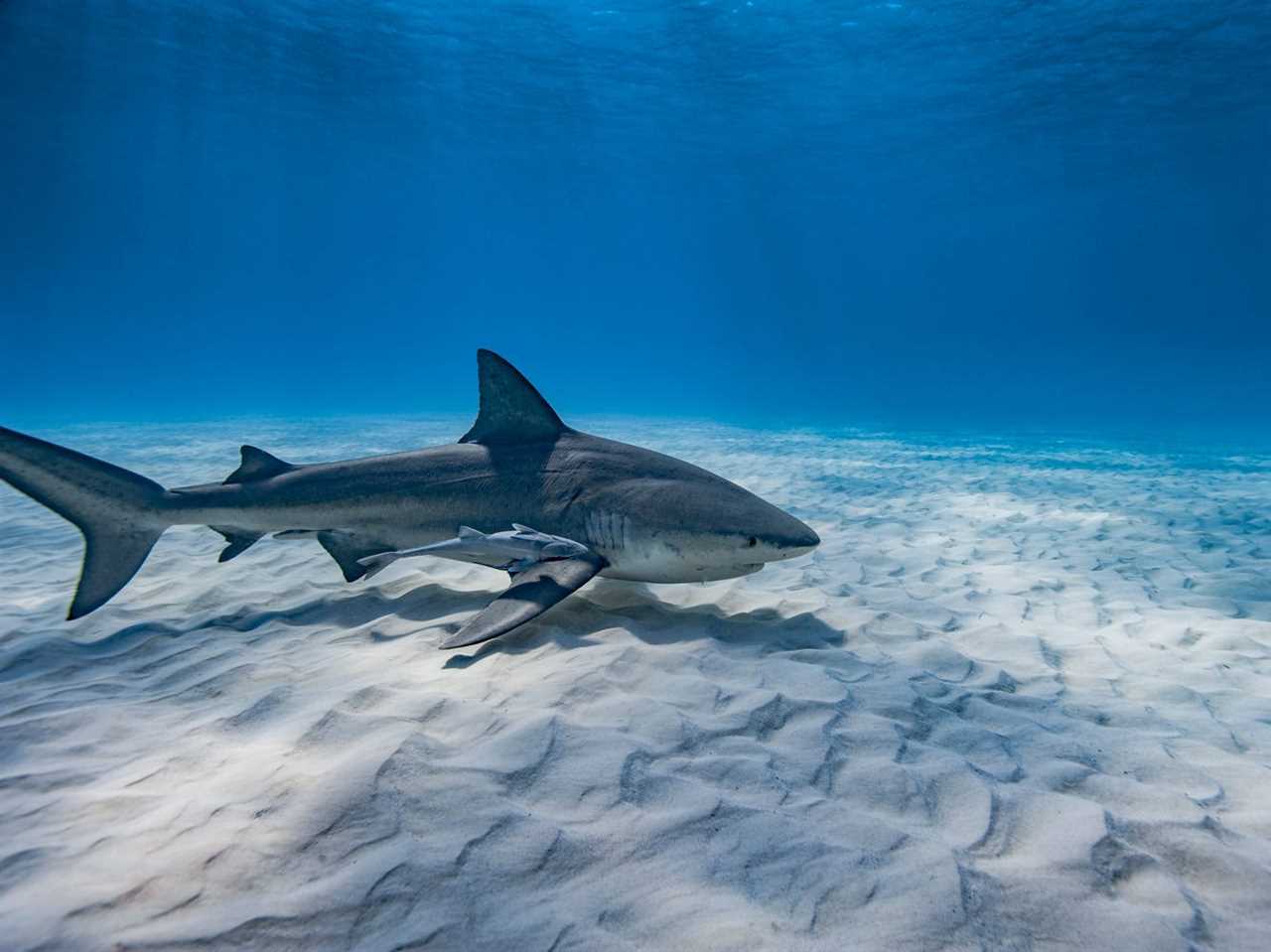
Alexis Rosenfeld/Getty Images
They are aggressive, can weigh up to 285 pounds, and hunt near the coast in shallow waters, often at less than a hundred feet deep.
They also tend to hunt in fresh water, like rivers and estuaries.
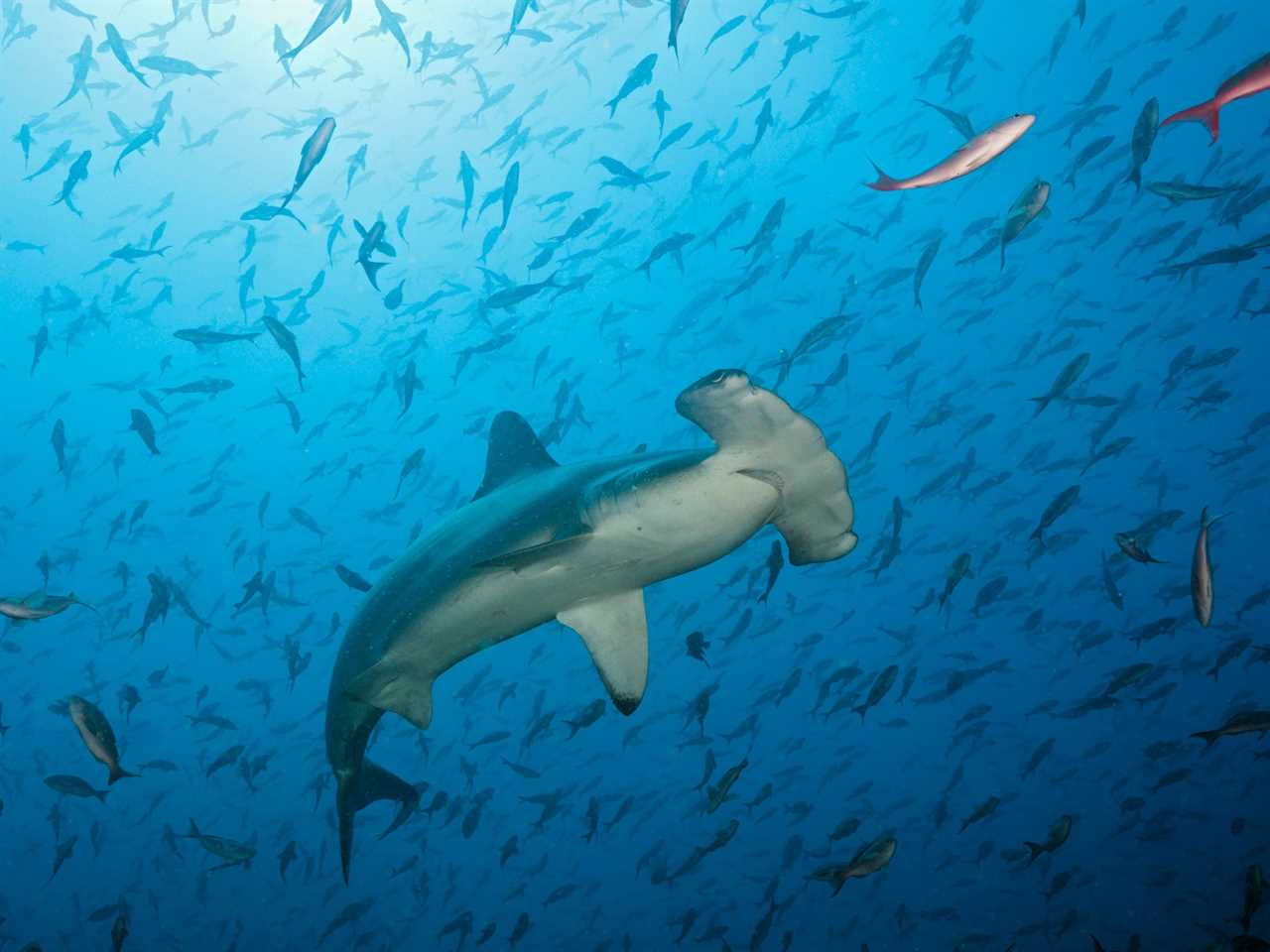
Reinhard Dirscherl/Ullstein Bild/Getty Images
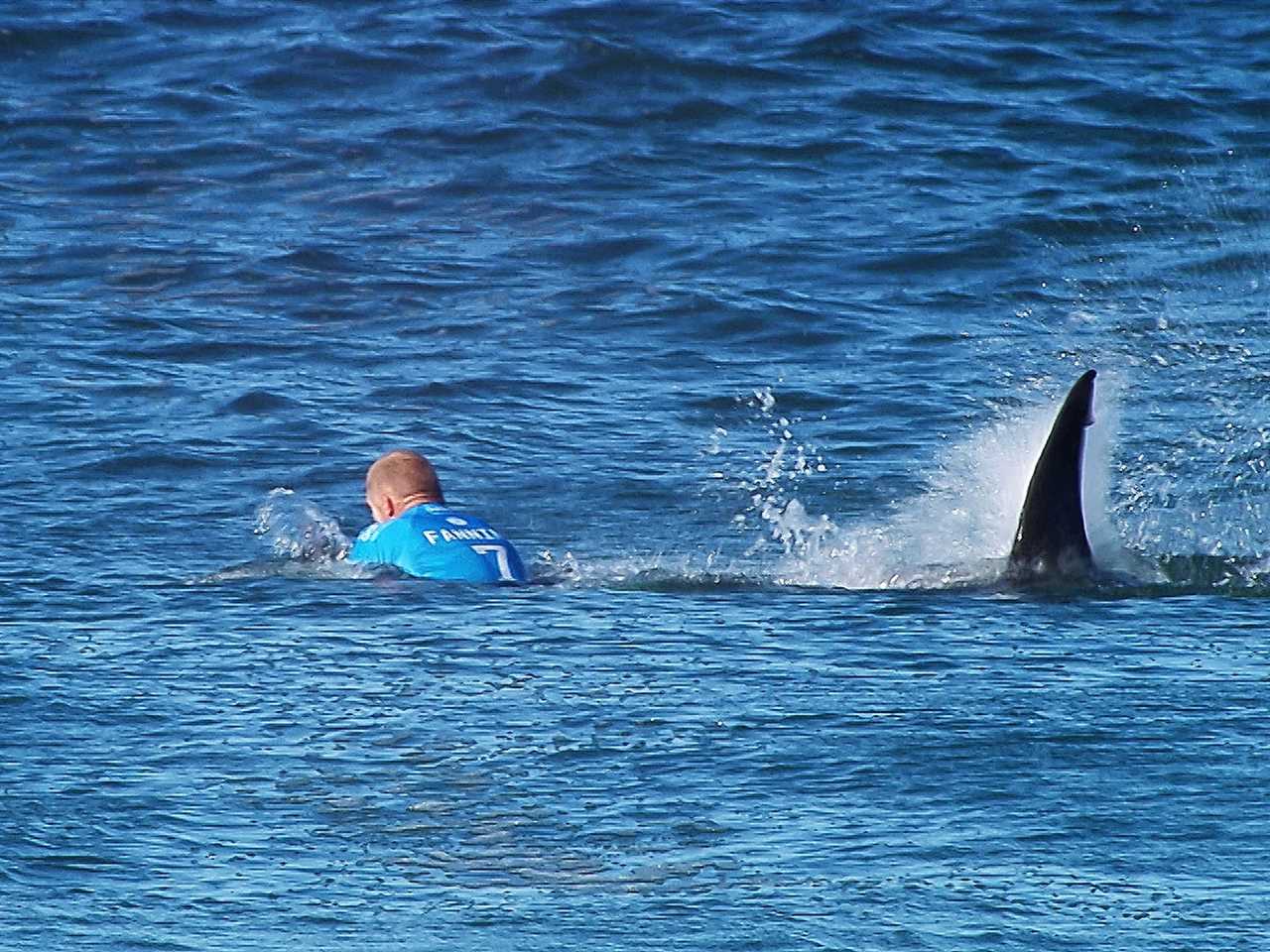
WSL/World Surf League/Getty Images
This covers most shark attacks that occur in waves near the shore, usually involving surfers or people swimming. Often, the shark will take a single bite of a surfer or a swimmer, and then disappear without being seen.
Experts believe this is because sharks confuse people for prey due to bad water visibility, strong currents, and crashing surf.
"A shark has got no paws or hands, so if it wants to explore something, the only capability it's got to do that is to put it in its mouth," Richard Peirce, former Shark Conservation Society Chair, told CNN.
"That's why we often get exploratory bites which don't result in death and sometimes don't even result in serious injury," he added.
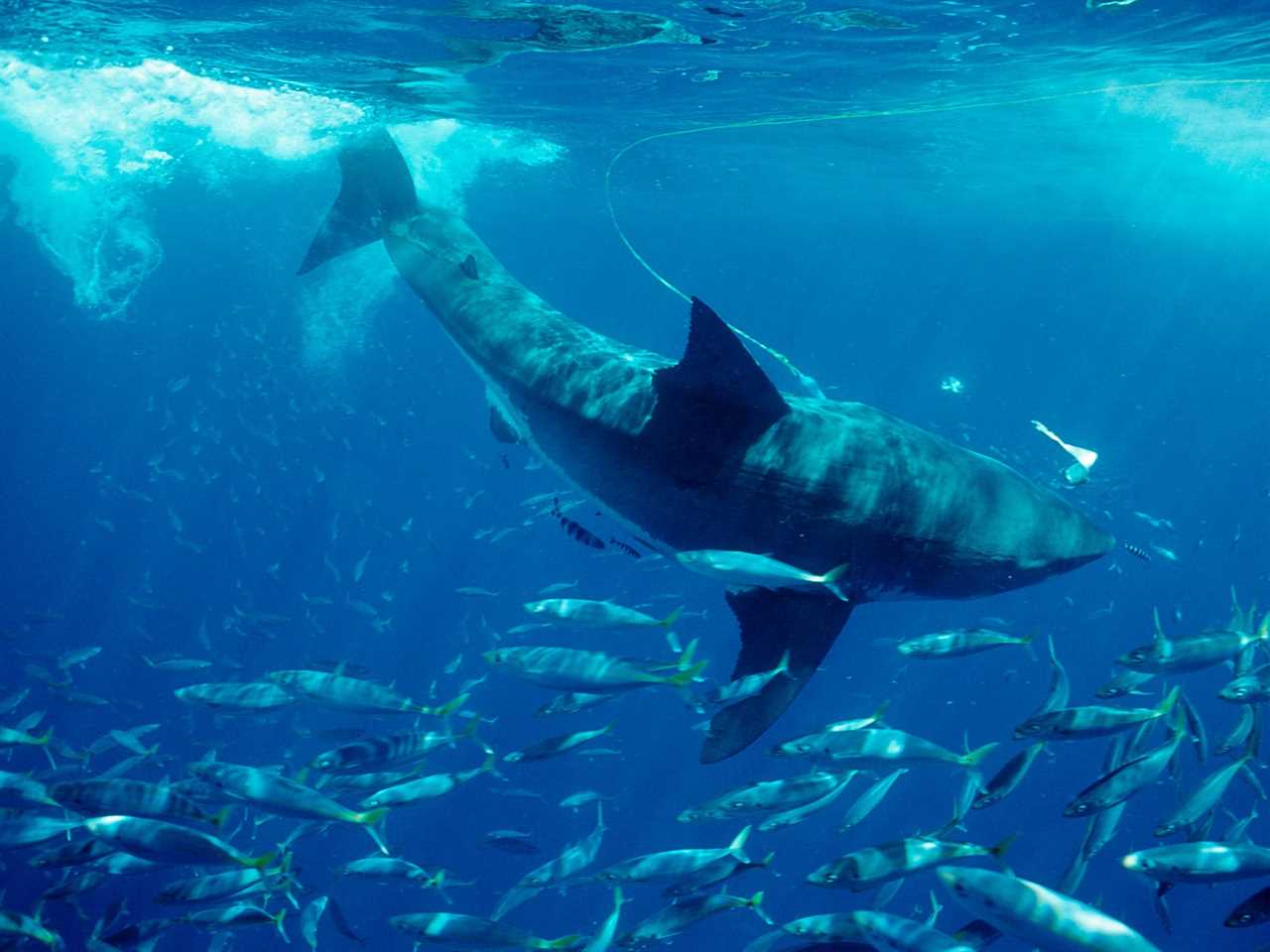
Reinhard Dirscherl/Ullstein Bild/Getty Images
The shark circles and then swims straight into the victim before trying to bite them.
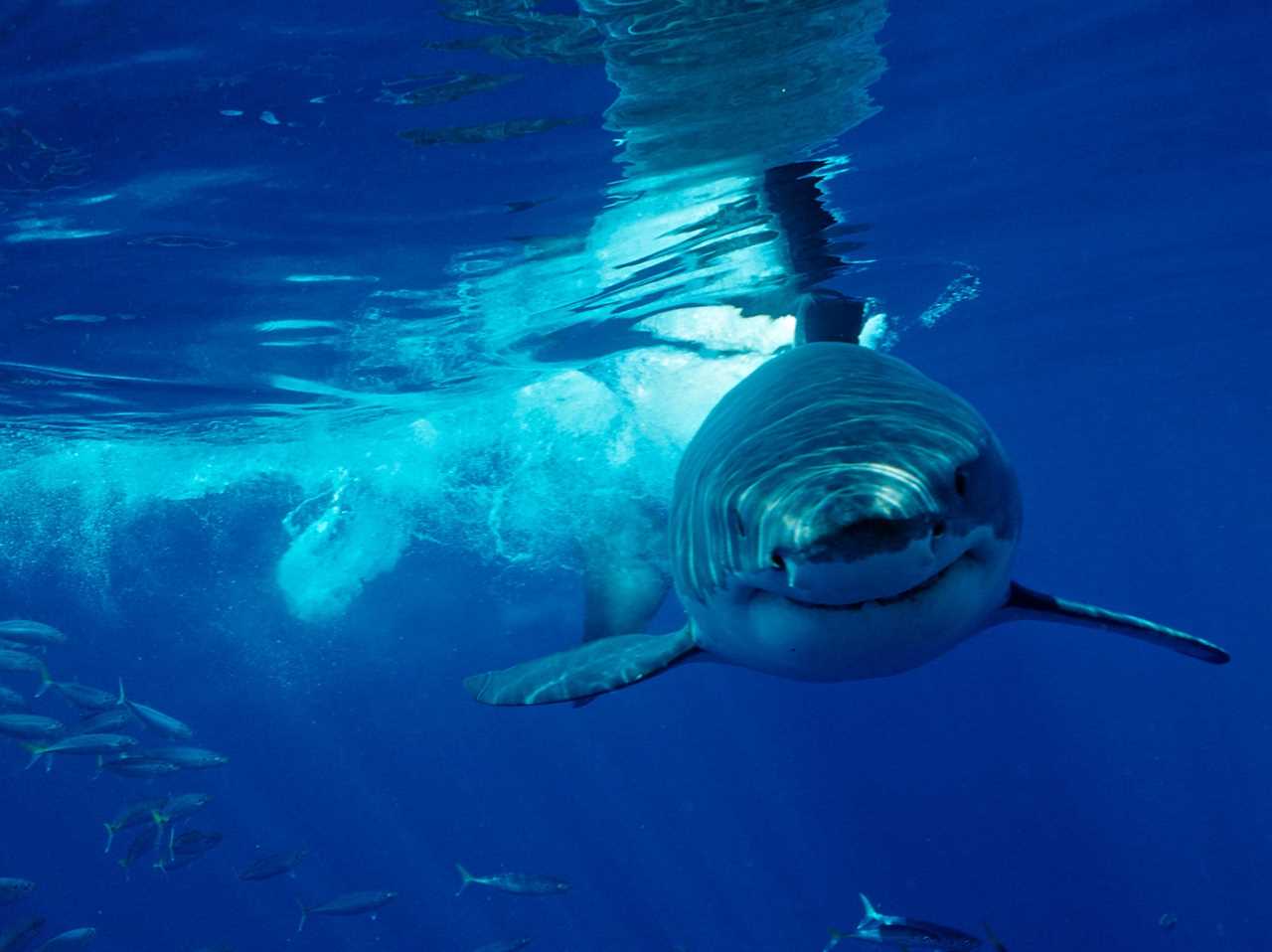
Reinhard Dirscherl/Ullstein Bild/Getty Images
The shark offers no warning before attacking.

Marli Miller/UCG/Universal Images Group/Getty Images
"Visibility is a huge factor in shark attacks," George Burgess, former director of the International Shark Attack File at the University of Florida, told National Geographic.
"That's one of the reasons we suggest that people avoid murky water situations when they go into the water," he continued.
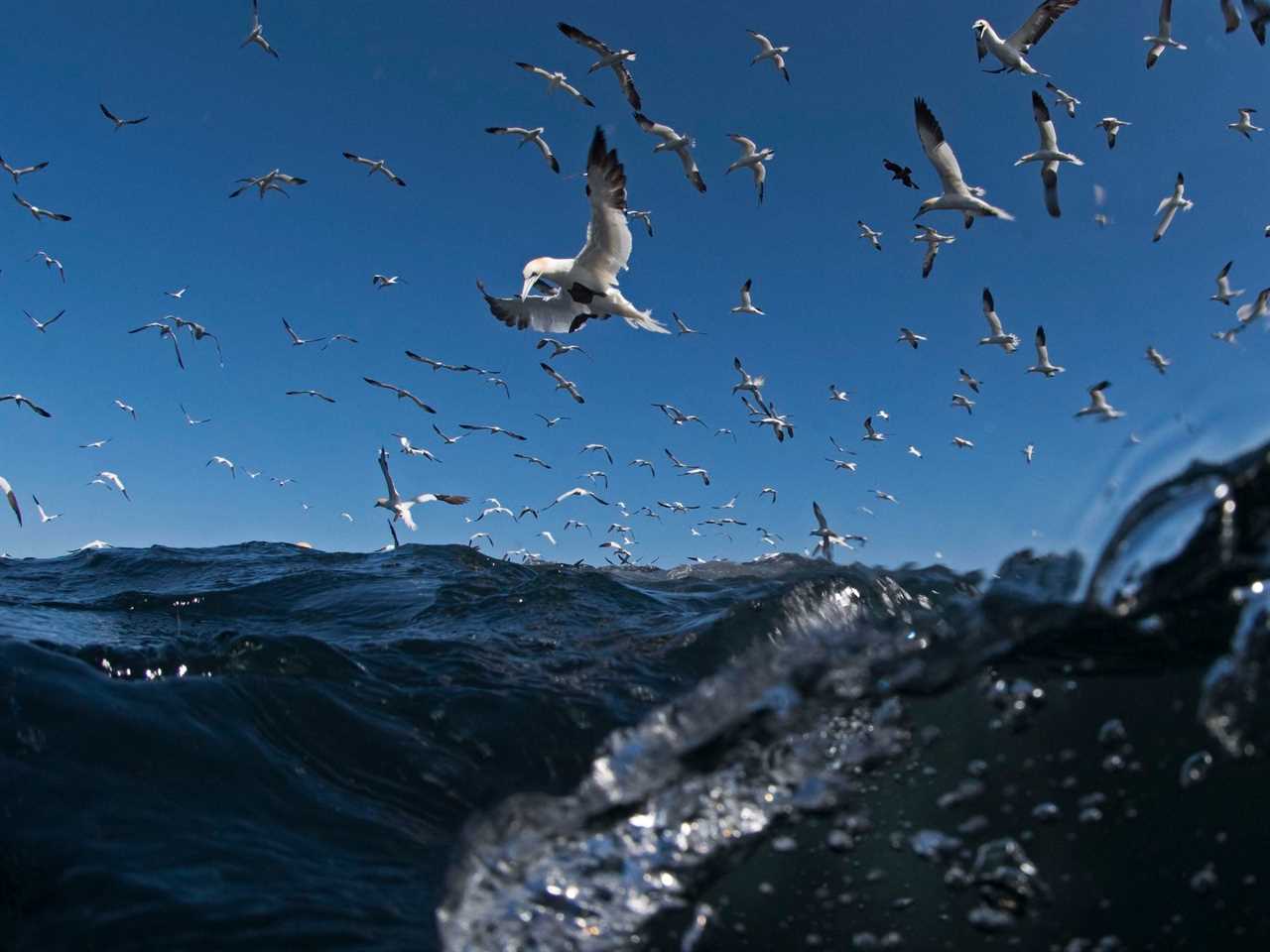
Education Images/Universal Images Group/Getty Images
Basically, you should avoid anywhere that indicates there could be schools of fish.
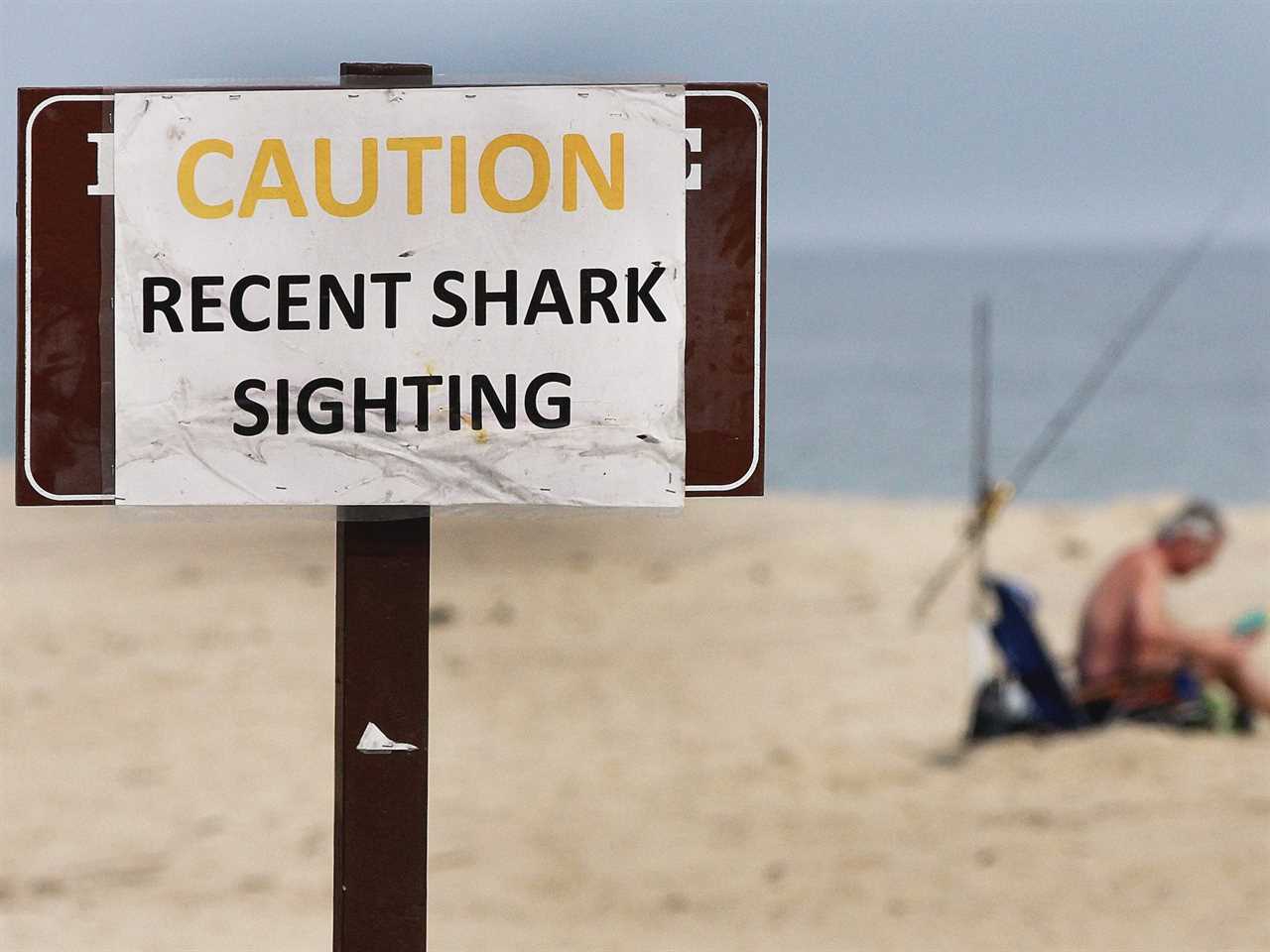
Wendy Maeda/The Boston Globe/Getty Images

Sandra Mu/Getty Images
"A lot of shark attacks are cases of mistaken identity due to reduced visibility and identification ability on the behalf of the shark," Peirce told CNN.
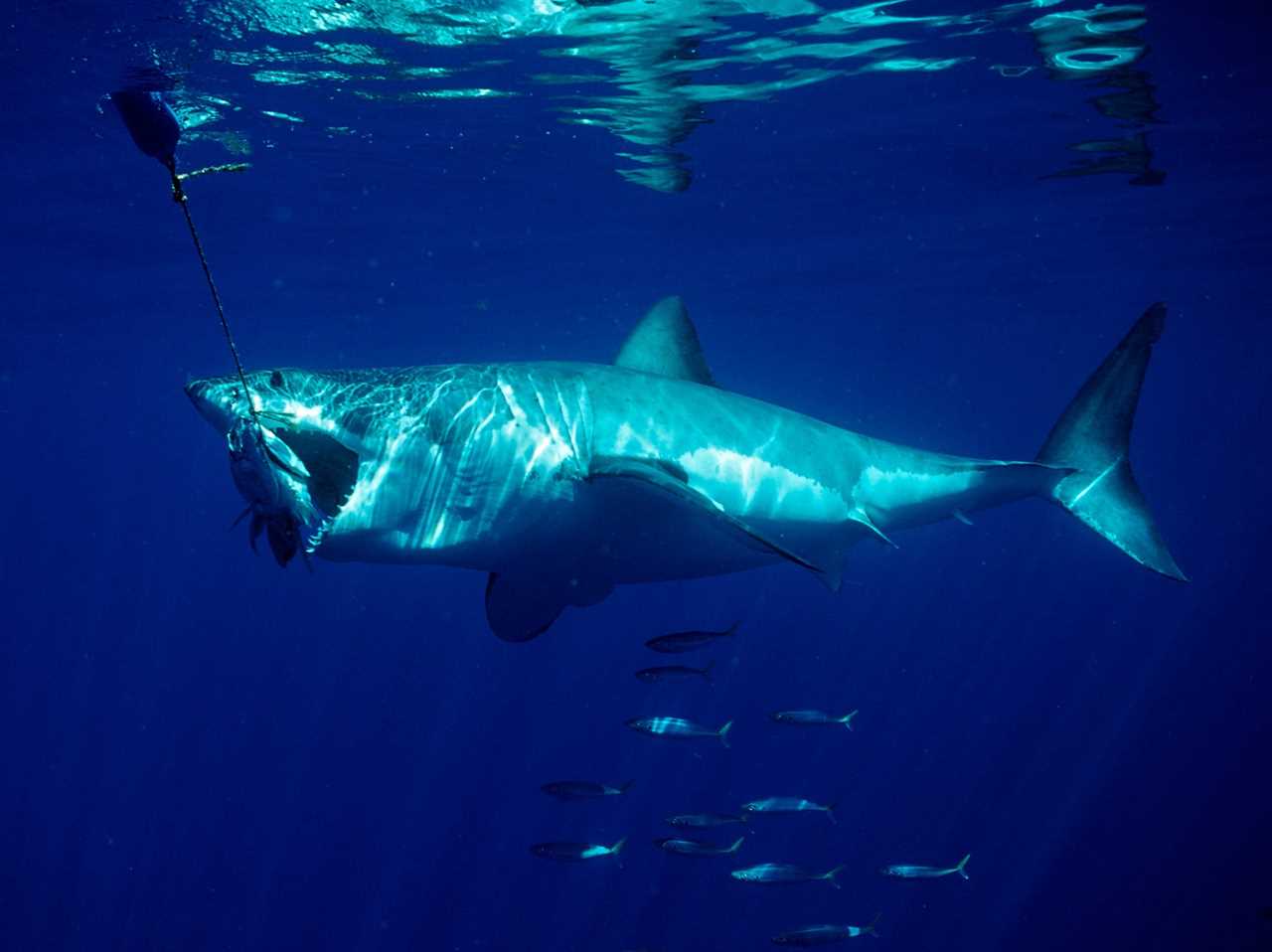
Reinhard Dirscherl/Ullstein Bild/Getty Images
Jewelry could get a shark's attention because it resembles fish scales, and bright swimming wear can also easily be spotted by a shark.
Sharks can also detect body fluids like urine or blood. Some experts advise avoiding swimming if you are menstruating, though the gender ratio of shark bites is 8 men for every 2 women.
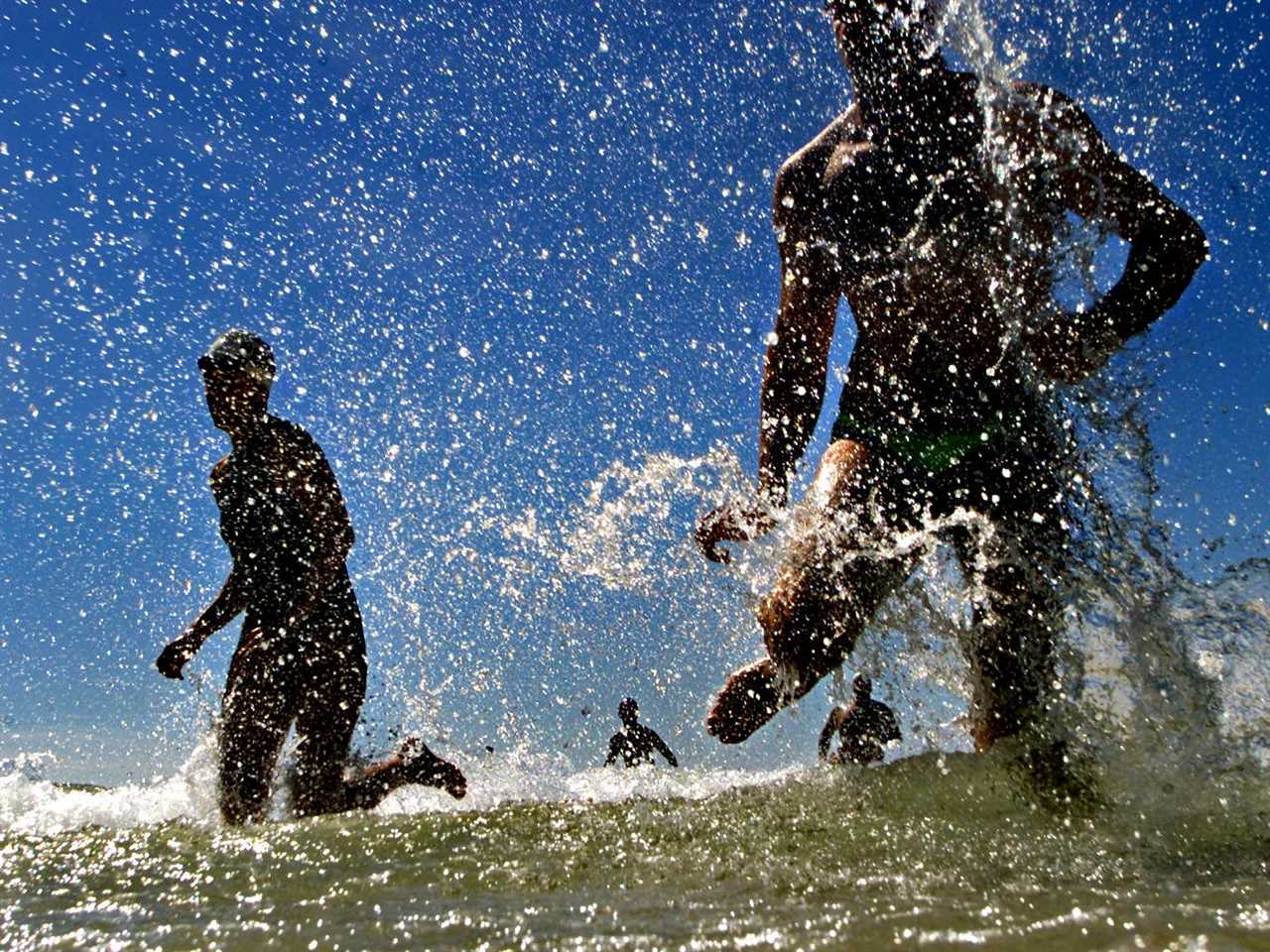
Craig Golding/Sydney Morning Herald/Fairfax Media/Getty Images
Burgess told Insider in 2017 that because surfers often see sharks, they get used to the sight and don't always get out of the water, but they should.

Fairfax Media via Getty Images
If you're near a surface, like a reef, get your back against it so that the shark has fewer places to attack you from.
If you can, look directly at the shark. Because sharks like to ambush their prey, this can stop them from feeling comfortable before they attack.
"If you're turning around and facing it the whole time while it circles you, it's not going to be half as comfortable as if it's able to sneak up from behind," Peirce told CNN.
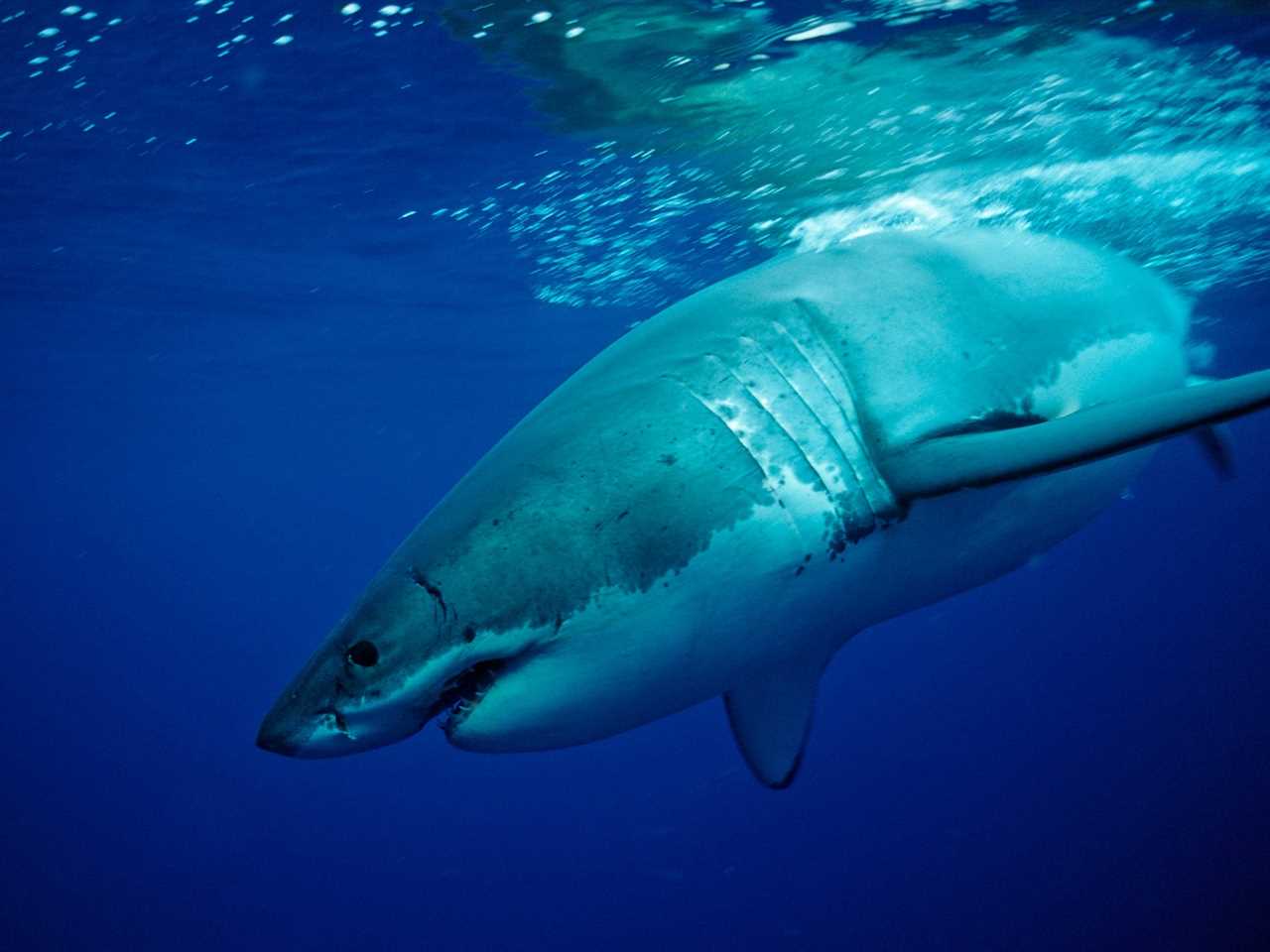
Reinhard Dirscherl/Ullstein Bild/Getty Images
Burgess told Insider the nose was one of the shark's most sensitive spots, and a good hit could give you enough time to get out of the water.
However, Sara Waries, the CEO at Shark Spotters in Cape Town, also told The New York Times to be careful when striking the nose as it's "dangerously close to the teeth."
If you have anything on you like a camera, a snorkel, or perhaps a speargun, use it to attack the shark. If the shark does bite you, then try to attack its eyes and gills again.
Burgess told Insider there had been instances where a shark has let a person go after the person has hit it in the eyes or gills.

Bettmann/Getty Images
He said sharks were scavengers and they won't throw away an easy dinner.
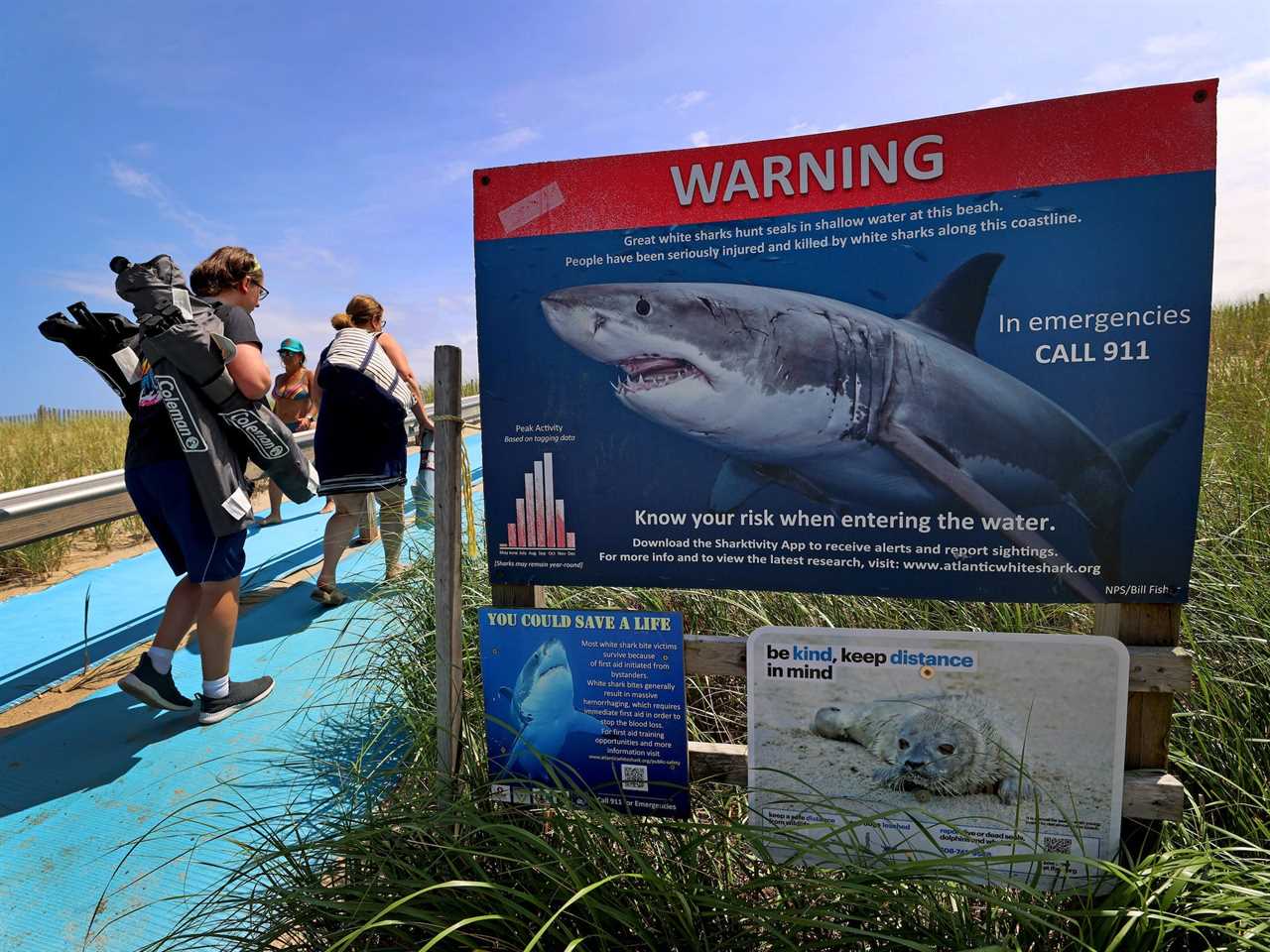
David L. Ryan/The Boston Globe via Getty Images
Read More
By: [email protected] (James Pasley)
Title: Here are the most common ways sharks attack and how to survive — and avoid — them
Sourced From: www.businessinsider.com/photos-most-common-ways-sharks-attack-how-to-survive-it-2023-9
Published Date: Sat, 23 Sep 2023 12:56:00 +0000
.png)





